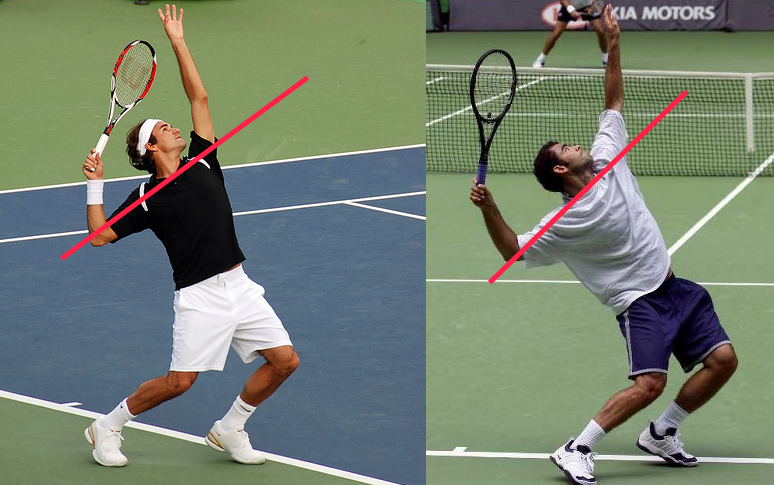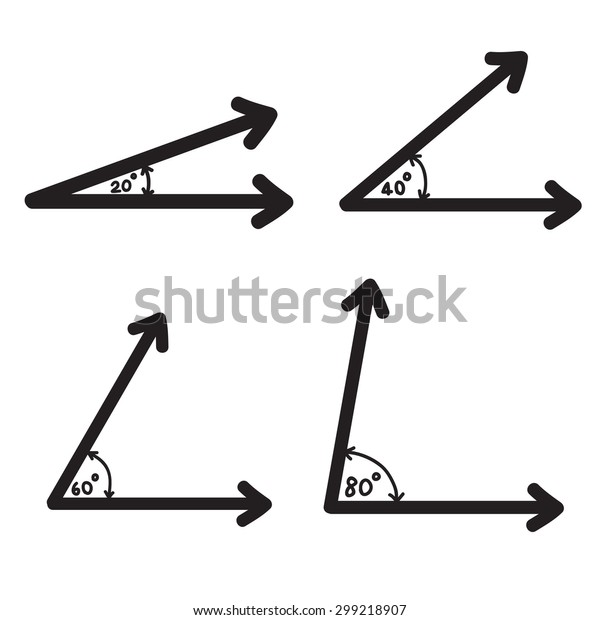Yyc_tennis
New User
Hi Guys,
I've been quite frustrated with my serve and tried to change a million things from my stance to my toss to my pre throw position. Nothing seems to work ... I feel like I'm not using my legs properly (knee bend and power to push up) and also struggling with my timing (especially my dominant hand)
I'll let you guys take a look at the video and share your thoughts.
Video Link : https://streamable.com/sw89vd
I've been quite frustrated with my serve and tried to change a million things from my stance to my toss to my pre throw position. Nothing seems to work ... I feel like I'm not using my legs properly (knee bend and power to push up) and also struggling with my timing (especially my dominant hand)
I'll let you guys take a look at the video and share your thoughts.
Video Link : https://streamable.com/sw89vd








